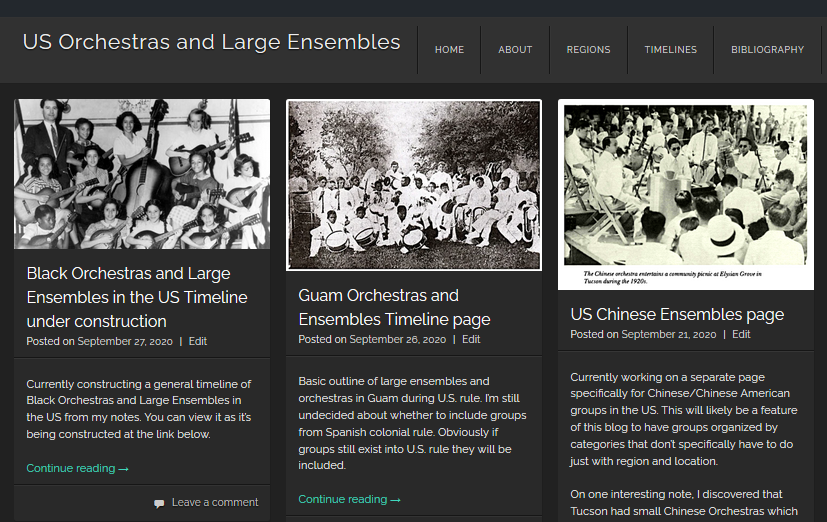
Adventures in compiling bibliographies: Arabic #MusicTheory edition. PART II
It was inevitable I'd eventually hit all the Abrahamic religions. Just came to this:
"Judeo-Islamic sacred soundscapes: The maqamization of the Eastern Sephardic Liturgy" 1/
academia.edu/9846820/Judeo_…
It was inevitable I'd eventually hit all the Abrahamic religions. Just came to this:
"Judeo-Islamic sacred soundscapes: The maqamization of the Eastern Sephardic Liturgy" 1/
academia.edu/9846820/Judeo_…
The past 16 years or so I've been also playing Jewish music. From about 2009-2013 I played with the River City Klezmer Band organized by Dr. Al Goldin who just passed this past June (at 97).
One of my favorite memories: all these Somali kids just had to dance with our singer! 2/
One of my favorite memories: all these Somali kids just had to dance with our singer! 2/

The past 5 years, been playing in a Sephardic Jewish band led by Cantor Sharon Hordes.
Was asked to record on 2 tracks of "Mi Coraçon Sospira"--her first CD--and to play the CD release. The group stuck & were dubbed "Transito."
At the Cantor's Assembly in Louisville 2019. 3/
Was asked to record on 2 tracks of "Mi Coraçon Sospira"--her first CD--and to play the CD release. The group stuck & were dubbed "Transito."
At the Cantor's Assembly in Louisville 2019. 3/

In 2009 I co-founded Raqs Maqom, a project focusing on music and dance from Central Asia which has also given me the opportunity to learn some rep from the Maqom music traditions as well as the Bukharan Jews of Uzbekistan.
2011 performance at the Eifler Theater in Louisville. 4/
2011 performance at the Eifler Theater in Louisville. 4/

So I've had wonderful interactions with the Ashkenazi, Sephardi, and Mizrahi Jewish music traditions (none with Ethiopian Jewish Music yet)--much of which overlapped and co-evolved with Islamic Music traditions.
5/
5/
Not to mention the various Christian Music traditions--e.g. the Syriac Christian Chant tradition mentioned previously.
This Arabic #MusicTheory Bibliographic project is part of an incredibly rich & diverse convergence of culturo-religious groups!
6/end
https://twitter.com/Silpayamanant/status/1313336116964208640
This Arabic #MusicTheory Bibliographic project is part of an incredibly rich & diverse convergence of culturo-religious groups!
6/end
P.S. So yeah, I'm skimming through parts I and II of Werner and Sonne's "The Philosophy and Theory of Music in Judaeo-Arabic Literature" right now (published in 1941 and 1942-43).
jstor.org/stable/23503001
jstor.org/stable/23506445
jstor.org/stable/23503001
jstor.org/stable/23506445
Here’s the first thread.
https://twitter.com/Silpayamanant/status/1313336116964208640
And one of the most wonderful events I played last year on the Persian Kamancheh (which my wife got for me while in Jerusalem) with all the Violins of Hope on display behind me. I played a piece by Ottoman Syrian Jewish composer, Mısırlı İbrahim Efendi (his Semâ'î Beyâtî Kadîm). 

• • •
Missing some Tweet in this thread? You can try to
force a refresh








